We didn’t invent the fat bike…we reinvented it.
In earlier designs, the rear triangle of the frame had to be bent outward to the right side, along with using an extra wide spindle on the cranks to move the chain rings outward and provide more chain clearance for wider tires. This moved the rear wheel off center, necessitating the need for offset drilled rims, where all the spokes were on one side to re-center the wheel. Many riders said they could feel this offset when riding.
In 2007, Greg set out to produce the most advanced fatbike ever made. The wide, symmetrical hub design solved all of these problems associated with offset designs, and was soon adopted by all frame manufacturers, and would remain the standard until 2012, when we developed an even wider symmetrical hub to allow use of 5” wide tires. The mighty Fatback 197mm hub has remained the standard ever since.
In virtually all hubs, spoke lengths and tension are not equal. Symmetrically designed hub flanges keep all spoke lengths and tension equal, building the ultimate wheel.
In 2006, only the Surly Pugsley was commercially available (there were also a couple of custom steel builders doing one-off frames using the 135mm offset rear hub design, such as Wildfire Designs and John Evingson, both local Alaskans), and great as it was, we had other ideas on design and geometry, and produced the first symmetrically designed fatbike, years ahead of our nearest competitors.
Our original Ti frames had more stand over clearance, more tire clearance, better cable routing, slacker and taller head tubes, longer top tubes, lower bottom brackets, and shorter chainstays, all working in sync to provide the best handling, most confidence inspiring fat bike on the market to this day. Our bikes have more winter endurance wins than ALL other brands combined!
We developed more than just frames, forks, and industry drive train standards. We made the first fat, single wall aluminum rims, and, working with Stan’s Notubes, we introduced tubeless fat to the world in 2009 with our Uma II rims, capable of running pressures as low as 2psi.
Our carbon rims set the standard for lightweight tubeless performance, and are capable of year-round use. Not the lightest, nor the least expensive, but no other rim comes close to weight, price, and durability.
Our original bikes were made of titanium. We loved the ride quality, but they are expensive, so we started producing aluminum frames in 2009, and steel frames made of True Temper OX Platinum in 2010. Our first carbon bike, the award winning, record setting Corvus came along in 2014 and once again took the world by storm with it’s fantastic handling, lightweight, and beautiful lines. The Corvus holds the records in virtually every winter endurance event.
In 2015 we developed our first “trail” inspired fatbike, the Skookum, with long, low, and slack geometry, suspension corrected for a 120mm travel suspension fork. This bike brought fat to an entirely new crowd, the shredders! We often receive emails from customers saying it’s the most fun bike they have ridden, summer or winter!
Find out for yourself why racers and adventurers alike chose Fatback.
History
2007
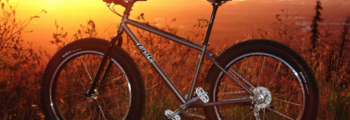
Fatback’s first Titanium frame is made and sold, utilizing symmetrical 165 rear hubs and Phil Wood square taper bb’s
Read more2008
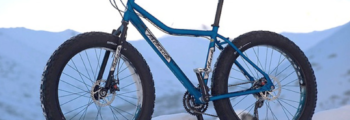
Fatback introduced the world to the 170mm symmetrical hub for the correct chain line and improved tire clearance. Uma – first light weight, single wall fat bike rims with bead locks.
Read more2009
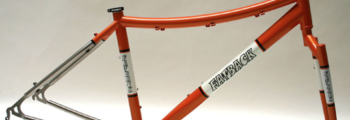
Aluminum Fatback frames debut First tubeless fat rims using Uma II rims, Stan’s tape and sealant. Worked with FifteenG(E13) to develop the first lightweight 2 piece cranks First carbon 135 fat fork
Read more2010
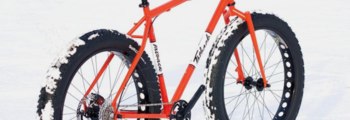
Fatback has FSA produce a 2 piece lightweight Afterburner cranks to increase tire clearance. Uma 90 tubeless rims are introduced. We introduced the US made (Waterford) True Temper OX Platinum steel frames.
Read more2011
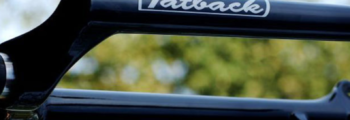
Fatback introduces tapered head tube frames and tapered steer tube carbon forks, as well as direct mount front derailleurs
Read more2012
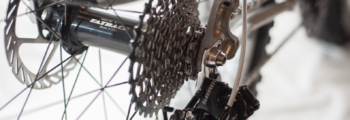
Introduced the new industry standard 190(197) hubs and 190 frames with clearance for 5” tires.
Read more2013
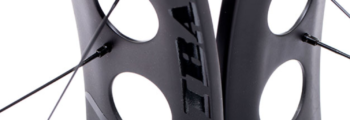
Fatback introduces the first fat, singlewall, tubeless carbon rims Fatback introduces the Corvus carbon frameset and sets new records in the Iditarod Trail Invitational.
Read more2014
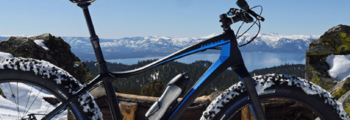
Fatback tweaks the layup on the Corvus frames to create the most comfortable, best handling fat bike on the market.
Read more2015
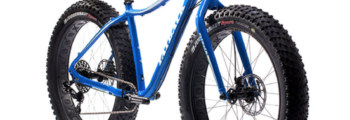
Rhino and Skookum models were introduced to broaden the use of fat bikes, and make them year round bikes
Read more2016
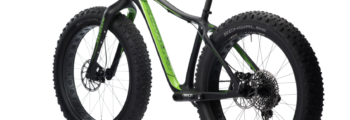
We released our Premium level products – FLT continuing to push advance the technology and capabilities of what is possible on a fat bike. Complete redesign of the Corvus to make it the best balanced and most capable bike in the line.
Read more